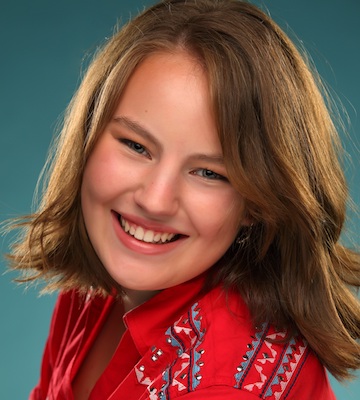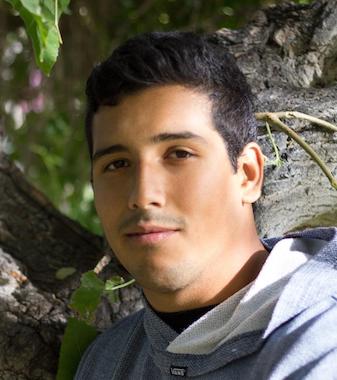Below is a summary of the abstract you submitted. Presenting author(s) is shown in bold.
If any changes need to be made, you can modify the abstract or change the authors.
You can also download a .docx version of this abstract.
If there are any problems, please email Dan at dar78@pitt.edu and he'll take care of them!
This abstract was last modified on May 2, 2018 at 10:17 p.m..

In the fall of 2017, our BIO 210 class isolated eight bacteriophages that infected Gordonia terrae. We selected two phages named Rickmore and Duffington for sequencing. Despite the enormous diversity in bacteriophage genomes, Rickmore and Duffington were found to have 95% nucleotide identity, joining five other Gordonia phages to form Cluster DJ. These two phages also shared similar physical characteristics, such as tail length and capsid size. Considering the two phage genomes are almost identical, we were curious to see if they were similar in functional characteristics as well. Cluster DJ phages are lytic and have a GC content that differs greatly from that of Gordonia terrae (67.8% for G. terrae vs 50.5% and 51.4% for Rickmore and Duffington, respectively), suggesting that these phages may be able to infect other bacteria. Thus, we decided to test the host range of Duffington and Rickmore. Preliminary findings indicate that Duffington may have a broader host range than Rickmore. It is clear from comparisons of the DJ phages that Duffington and Rickmore are very closely related to another DJ phage, AlainaMarie (all are 95-97% identical to each other) while not as closely related to the other four DJ phages (<90% identity). Perhaps these two groups of phages will form 2 separate subclusters within the DJ cluster.


